Enter a surname, town name or other keyword to search the database. Remember to
allow for the different spellings of 'Mc' and 'Mac.' Good luck!
{Search tips: Use single word search terms for more results}
You must enter some valid character(s) into the search field
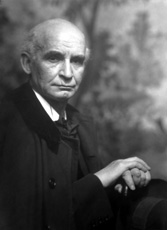
Reference: H-0241
Stewart Carmichael (1867-1950)...
|
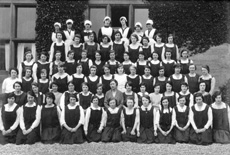
Reference: IRAA
The Inverness Royal Academy Wa...
|
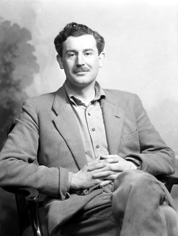
Reference: 40813b
Lord Lovat. Brigadier Simon Ch...
|
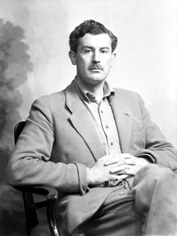
Reference: 40813a
Lord Lovat. Brigadier Simon Ch...
|
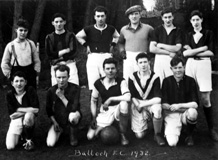
Reference: 710
Copy of Balloch Football Club ...
|
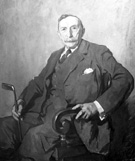
Reference: 29849
John Sutherland, Secretary of ...
|
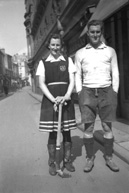
Reference: rc21a
Copy for Colegate, Glengowan, ...
|
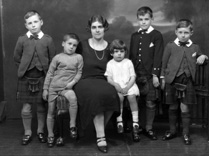
Reference: 26575b
Jessie Macleod (nee Macrae) wi...
|
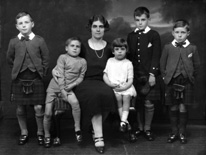
Reference: 26575a
Jessie Macleod (nee Macrae) wi...
|
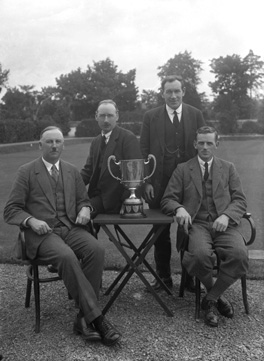
Reference: 25950
Inverness & Northern Count...
|
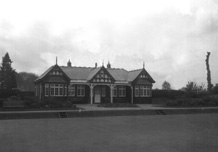
Reference: 23333
Inverness Bowling Club pavilio...
|

Reference: cc24
Cluny Dramatic Club 1910. Subm...
|